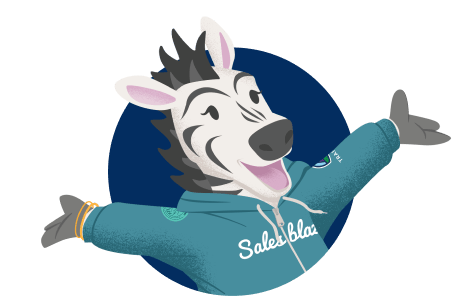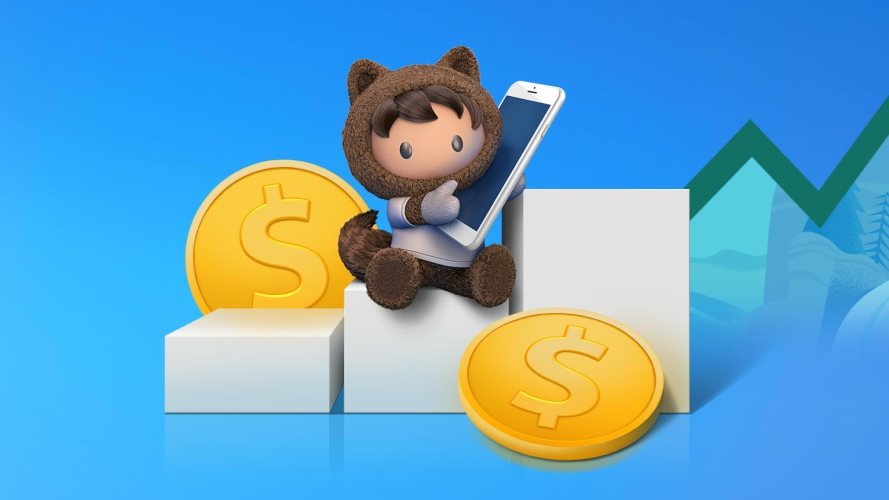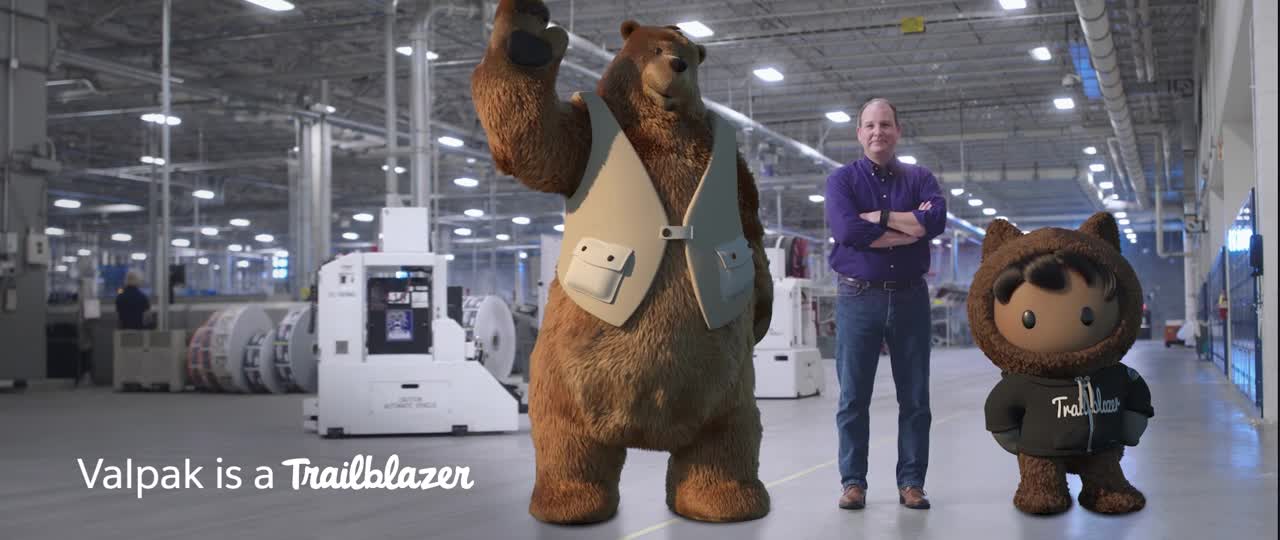Businesses — like people — have been feeling the pain this year. But while other companies in our industry have struggled to hang on, Valpak has grown, and thrived.
At Valpak, a direct mail advertising company, I run marketing and customer engagement, so I live and breathe the customer every day. You might know us from our famous Blue Envelope of coupons that we mail out every month. Our customers are businesses who advertise through the inserts in our envelopes, and their customers are the homes we mail to.
In the past six months, we were able to grow by retaining our advertisers and adding two million homes to our monthly mailing footprint, now 37 million strong.
Our customers are the kinds of businesses that have felt some of the biggest impacts during the pandemic. Many of them are small, family-owned businesses, dependent on local advertising to reach the people in their community. And now they were fighting to live another day, uncertain and scared.
Like many companies, Valpak already had plans to go digital down the line. But COVID-19 forced our hand. We took our long-term plans and moved them up — to now.
As a team, we were determined to think differently during this crisis, partner with local communities, and support our customers during difficult times.. We were going to be agile and fast, and we were going to grow as a company in the process, too.
Here’s how we did it.
1. We went all-digital
Speed and agility are the ultimate advantages in an uncertain economy. Businesses need digital ground to stand on — along with good data — to be able to act fast: first to understand what the market wants, and second to launch new products and pricing that match.
As you can imagine, for a company that sends out millions of coupons every month, we were drowning in paper. Sales reps drove around town to chase down physical signatures and payments. Then they wrote contracts and entered orders by hand. After all that, there wasn’t much time left to sell. Worse, important customer data was getting lost in the cracks.
So, we couldn’t innovate fast enough. Manual processes limited our options to scale and expand, and also created challenges when it came to renewing customers. Formal contracts were nonexistent, making it difficult to predict revenue and even more challenging to reach the right customers with new product opportunities.
We dreamt big. We were already using Salesforce as our customer relationship management platform (CRM) to capture leads and opportunities. Now, we extended the platform downstream through the rest of the quote-to-cash process — configure price quote, order management, and billing. This allowed us to quickly launch a new digital-first product that is doing something totally new in our industry: letting local advertisers be granular in their spend, and target the homes they want to reach, based on customer insights.
In the end, we discovered that what was good for our sales reps was good for our customers too.
2. We automated renewals
To stay profitable, we had to get a handle on customer renewals, to keep up our advertising revenue. But we couldn’t build recurring customer relationships without fixing a major gap in our business: manual renewals.
Our legacy sales system (like every legacy sales system) was built for one-time product sales, and it focused on the first order. But our new sales approach needed to focus on all the renewals that came after the first order.
Sales reps were leaving a lot of this renewal money on the table. They didn’t have the data to know when to renew. And when they did know to renew, they had to go through manual steps, like writing paper contracts and getting wet signatures, that added friction to the process.
Salesforce allowed us to automate the whole process. Now, a sales rep gets a renewal reminder, goes into the opportunity, creates a renewal quote with the click of a button, and sends it out for a digital signature. Dynamic contracts get updated in the background, and a great customer experience becomes the “why” behind the whole process.
Revenue is the end result. We recognized $12 million in renewals after six months.
3. We broke down barriers between sales and finance
This digital journey has taught us how important it is to break down the process silos that separate sales from finance.
We were struggling because sales reps didn’t have billing information they needed when they went to discuss the next opportunity. And finance didn’t have a clear picture of what was coming down the pipeline.
We used our CRM to connect sales and finance together, right on the same system. Now they can access each other’s customer data, and know that what they’re looking at is correct and updated.
We’re smarter, together — especially because now we have a common goal. At Valpak, we’ve weathered the storm of the pandemic and were able to grow, but we are not stopping here. Our north star is the customer. When the customer wins, so do we.
Dive deeper into Valpak’s digital transformation journey.



























